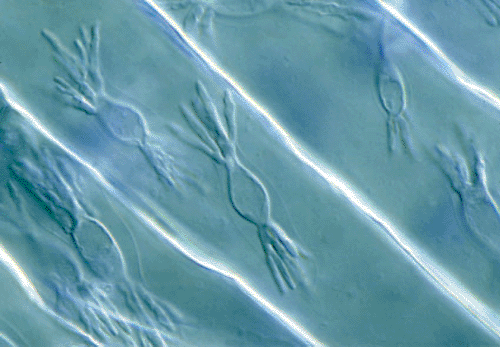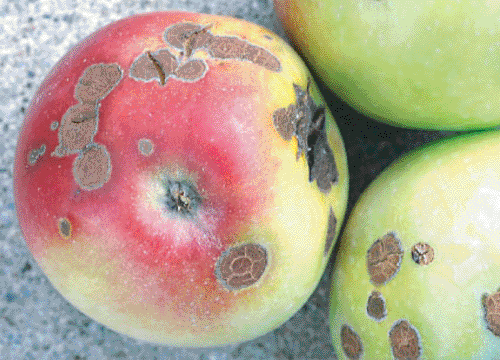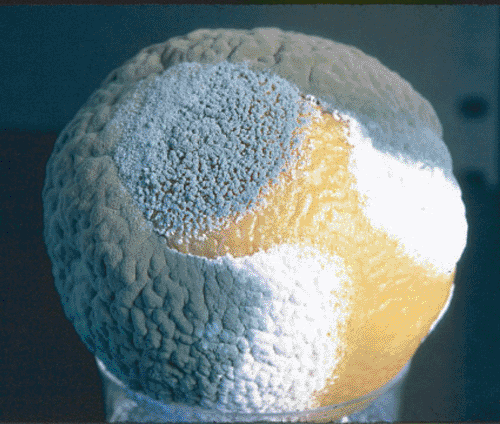MycoAlbum CD: Introductory Mycology (Laboratory Review)
George L. BarronAustralasian Plant Disease Notes 2(1) 107-107 https://doi.org/10.1071/DN07044
Published: 26 July 2007
This disc was sent to me from Canada by George Barron and contains a magnificent set of images and accurate information about fungi including plant pathogens.
The disc contains over a thousand annotated illustrations of the fungi and associated morphological structures which are normally covered in classical mycology. I showed this CD to a range of poor to very good students and decided that it is an excellent teaching tool. I found that it really motivated the students to search around and get more and more information. Less motivated students benefited from using the CD. Overall, the image quality is excellent and the text succinct and accurate.
The disc album is an amazing visual resource that students can use either to interpret their own (like my undergraduate efforts) average microscopic preparations or as a ‘browser’ which will inspire every student to seek out new information. I believe that every mycology or plant pathology teaching laboratory should have an ‘easy-access’ computer with this software on it – just for browsing or for more directed instruction.
The Instructors’ Version of the CD has an Image Folder with an Image Album containing 500 downloadable images for use in the preparation of Power Point lectures, reviews and quizzes. This is in addition to the 950 pages with more than 1050 annotated illustrations of fungi in the Standard Version. The classification system of the Mycota followed is simple and non-detailed to permit teaching staff to impose the taxonomic system that they use without creating confusion. The disc uses a remarkable and powerful software programme called ‘FlipAlbum’ that allows very rapid access to all of the contents of the album in various ways that are well documented in the instructions.
I would recommend this CD to all involved in the teaching of mycology and/or plant pathology. The number and quality of the images alone will repay the modest investment. I found it very easy to use. If you are primarily a researcher then I suggest you buy a copy as it will provide you with a collection of some of the best illustrations and images you are likely to find.
The Standard Version (ISBN 0-920370-01-2) costs US$25 (not much) and the Instructors’ Version (ISBN 0-920370-02-0) is US$35 – about AU$44. For more information about ordering try the website (www.mycographics.com) or email: mycographics@rogers.com.
Standard student texts can cost more than AU$100 and specialised texts are often much more. Buy one of these CDs (or get one bought for you) and you will really enjoy the excellent images, a few of which are shown here (Figs 1–3).

|

|

|
K. M. Harrower
(Editor-in-Chief, APDN)


